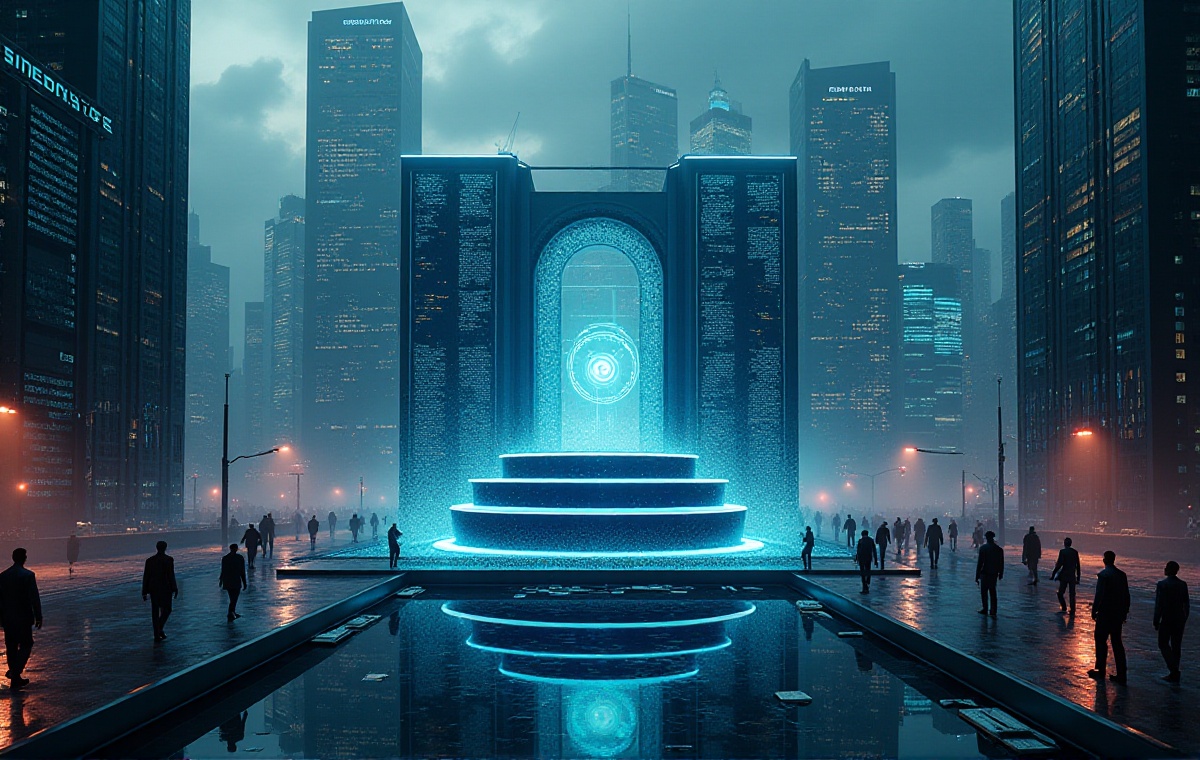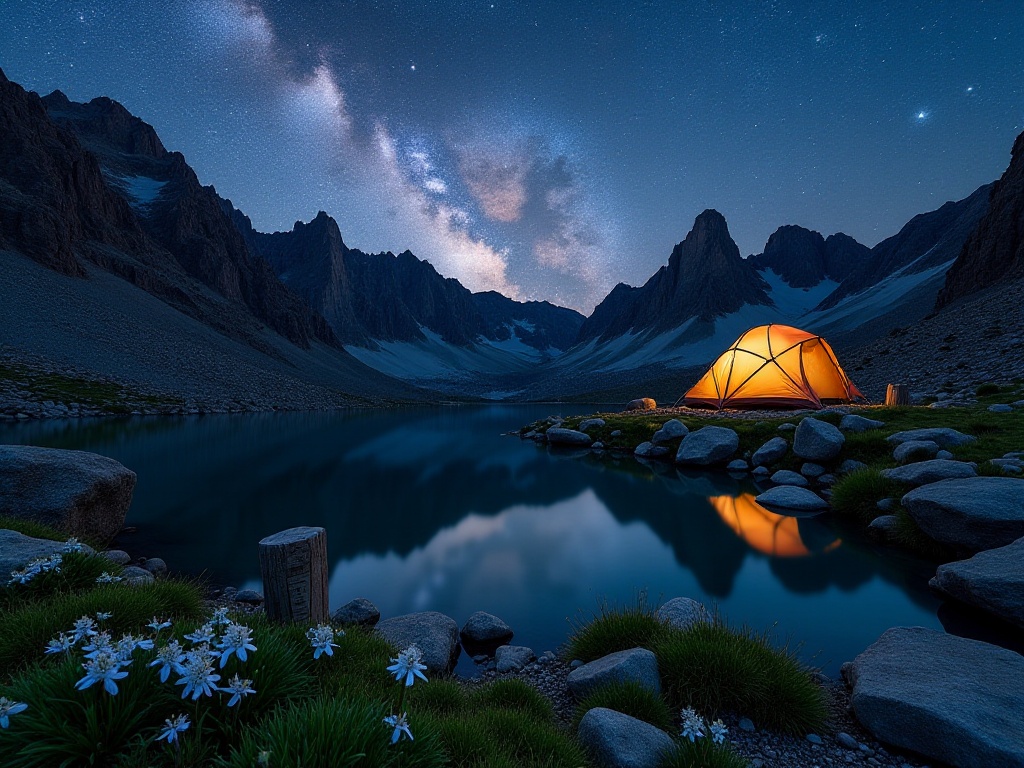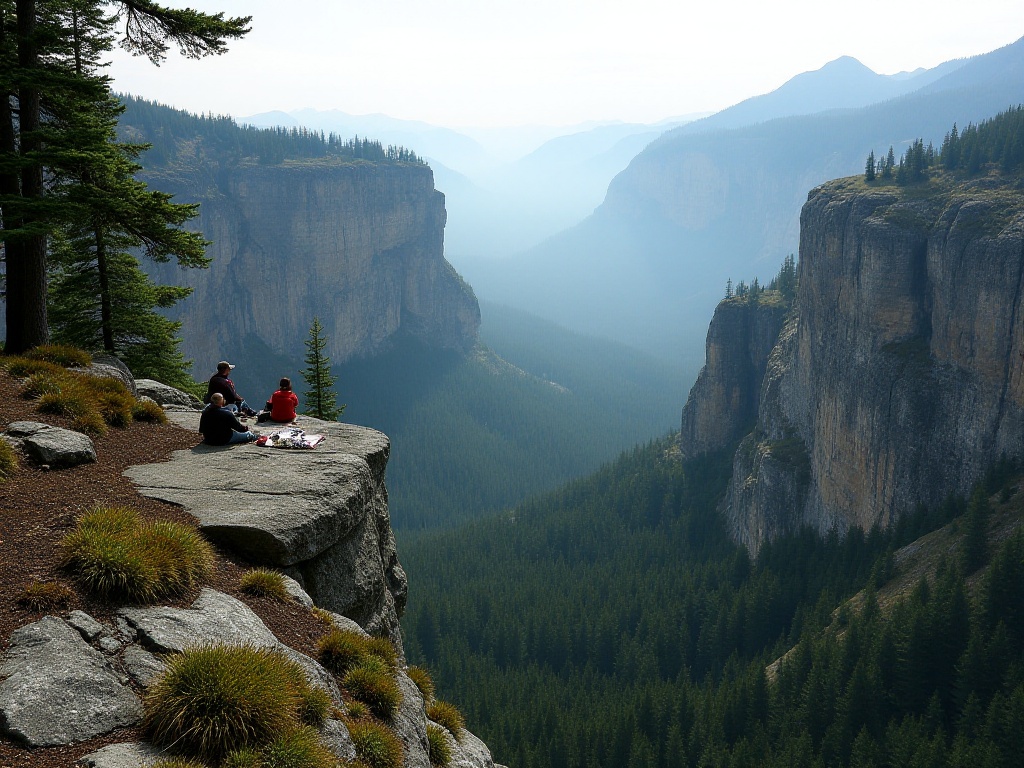Before Departure
One day while browsing Bilibili, I came across the movie "Wild" again, and after watching it, I was completely hooked. Long-distance hiking is just so cool! I thought at the time, how amazing it would be to complete the Pacific Crest Trail (PCT). Now as someone who has actually completed the entire trail, I can say it was absolutely one of the most unforgettable experiences of my life.
When I first learned about the PCT, I was stunned - what does 4,270 kilometers mean? That's about the straight-line distance from Beijing to Lhasa. To be honest, I was intimidated at first. But after doing thorough research, I discovered that with proper preparation, this trail is actually doable. And the scenery along the way is absolutely addictive.
Route Analysis
The PCT crosses three western U.S. states, running from the U.S.-Mexico border all the way north to the U.S.-Canada border. Along the way, you'll see breathtaking views: California's Mojave Desert, the snow-capped Sierra Nevada, Oregon's pristine forests, Washington's glacial lakes... It's truly a visual feast!
Can you believe it? The trail has an elevation change of over 4,000 meters! From sea level to Mount Whitney at 4,421 meters, these terrain changes bring not only physical challenges but also spectacular transitions from desert to snow-capped mountains. I remember the first time I saw sunrise in the Sierra Nevada - I was completely stunned. The sight of golden sunlight falling on the snow-covered peaks still excites me when I think about it.
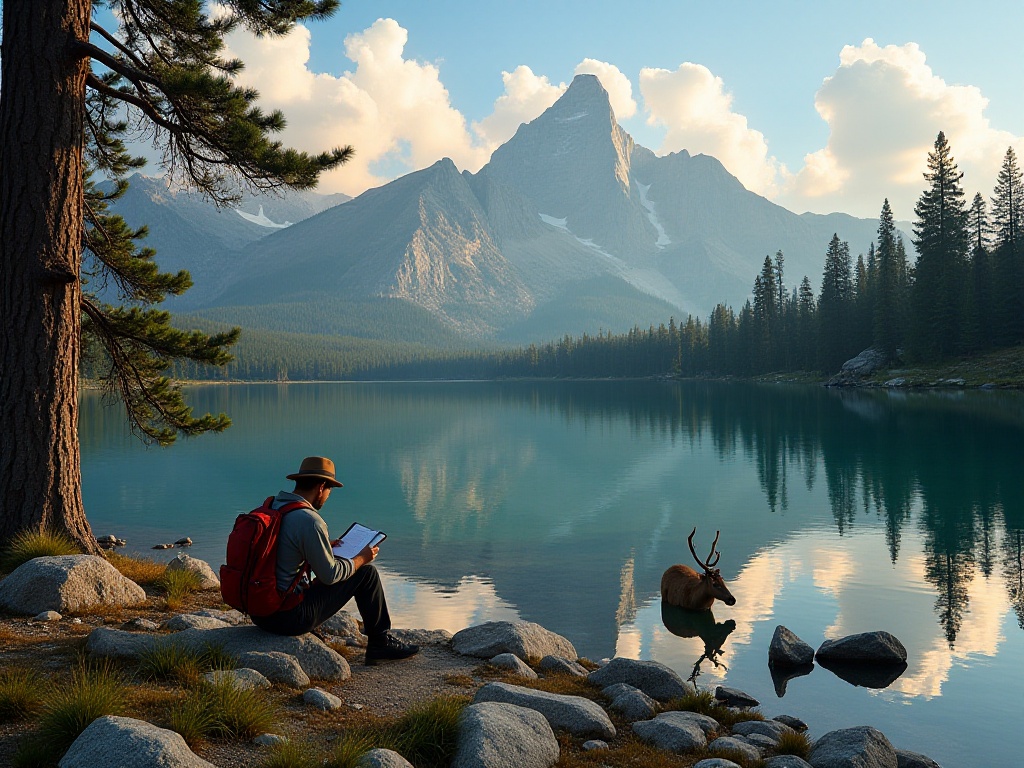
Equipment List
When I first prepared my gear, I nearly went crazy, wanting to buy out everything from Uniqlo and Decathlon. Looking back, that was really silly - simpler equipment is actually better.
I chose a 45-liter backpack, lightweight but durable. My tent was a single-person one, weighing only 1.2 kg with excellent waterproofing. Once during a downpour when it was practically flooding outside, I stayed completely dry inside. I brought two sleeping bags: a -7°C down bag and a 5°C synthetic bag, to use depending on terrain and season.
Most important were the hiking boots. I deliberately bought them two months in advance and wore them daily to break them in completely. Speaking of which, I have to mention an embarrassing incident - the first time I wore my new hiking boots to climb Xiangshan, I woke up the next day with my heels covered in blisters. It was so painful! So breaking in your boots is really important.
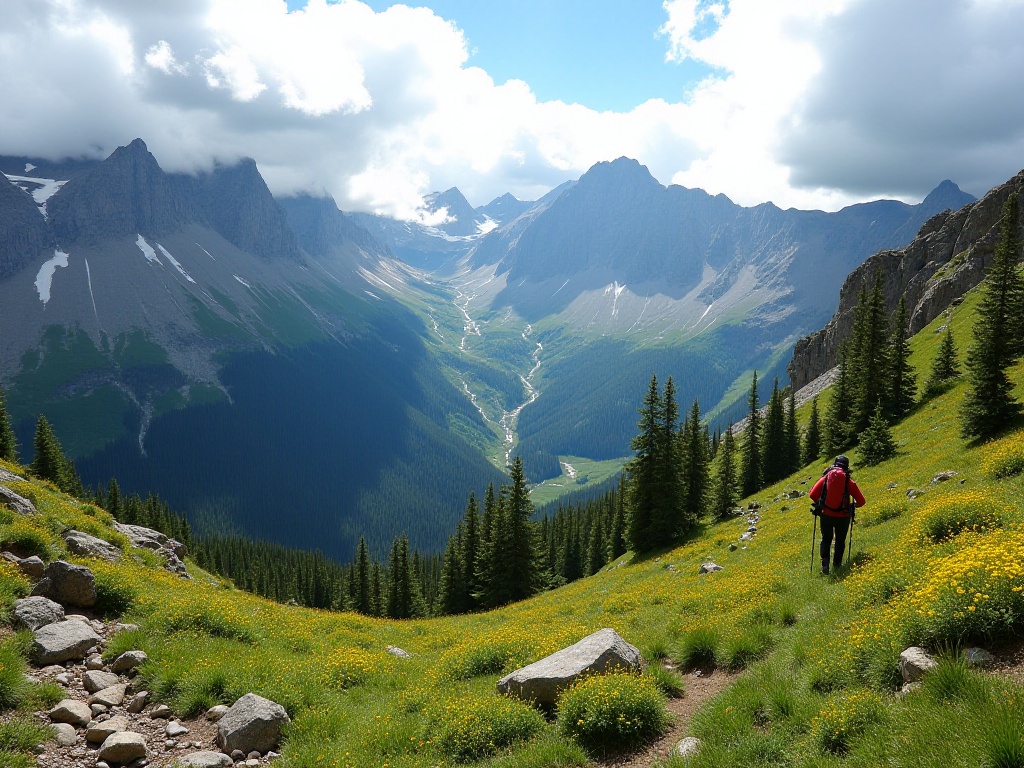
Physical Preparation
About physical training, I really need to talk about this. Hiking isn't just a walk in the park - it's an extremely physically demanding activity. I trained for a full six months for this hike.
I maintained at least three training sessions per week. Initially, I walked 5 kilometers with a 10kg pack, which nearly made me question my life choices. But gradually, I could walk 10 kilometers with 15kg, then 20 kilometers. Besides hiking training, I did daily core exercises, mainly planks and sit-ups. On weekends, I went swimming, which both improved cardio and helped muscle recovery.
It's particularly important to progress gradually in training. I had a friend who, eager for results, immediately tried walking 15 kilometers with a 20kg pack, resulting in a knee injury that took a month to heal. These kinds of lessons shouldn't be repeated.
Section Recommendations
The PCT's five main sections each have their own characteristics. Let me share my detailed experience of each section.
The Southern California desert section is the ultimate test of willpower. I remember once when I was almost out of water, with the next water source 40 kilometers away. That feeling of worry and anxiety is something I'll never forget. But! The desert sunrise views are incredible - watching the sun rise from the horizon and gradually bathe the entire desert in golden light is an indescribable spectacle.
The Sierra Nevada section is considered the crown jewel of the PCT. The scenery on the John Muir Trail is ridiculously beautiful - mountains, lakes, forests, it's nature's perfect combination. However, this section is also particularly challenging, with high altitude, large temperature variations, and many snow crossings. I remember waking up one morning to find a thin layer of ice outside my tent - it was so cold!
The Northern California section is relatively easier to walk, but the summer heat is really brutal. There are many forests on this stretch, providing welcome shade. I loved the campsites along this section - every night I could hear the sound of flowing streams, and lay in my tent watching the stars - absolutely delightful.
The Oregon section has stunning scenery! Lush forests, crystal-clear volcanic lakes, and all kinds of wildlife. I saw many moose in this section - they weren't afraid of humans at all, just peacefully grazing a few meters away.
The Washington section is the final challenge. The weather here changes dramatically - often sunny in the morning and raining by afternoon. The terrain is also very complex, with many sections requiring climbing. But the scenery here is also the most spectacular, especially the glacial lakes which are an unreal shade of blue.

Resupply Strategy
Resupplying is a technical skill. I usually resupplied every 4-7 days, depending on section difficulty and resupply point distribution. At each resupply point, I would do these things:
First, purchase food. I particularly liked energy bars and dried fruit - high in calories and very portable. Instant noodles were also essential - though a bit heavy, having a hot bowl of noodles in the wilderness feels absolutely wonderful.
Then, check equipment. Bootlaces, backpack straps all needed careful inspection for wear. Once I ignored wear on my backpack strap, and it suddenly broke while hiking - that was really frustrating!
Finally, rest. I usually stayed in town for one or two nights, taking a good shower, sleeping in a comfortable bed, letting my body fully recover. Once when I was extremely tired, I rested in town for three days before continuing.
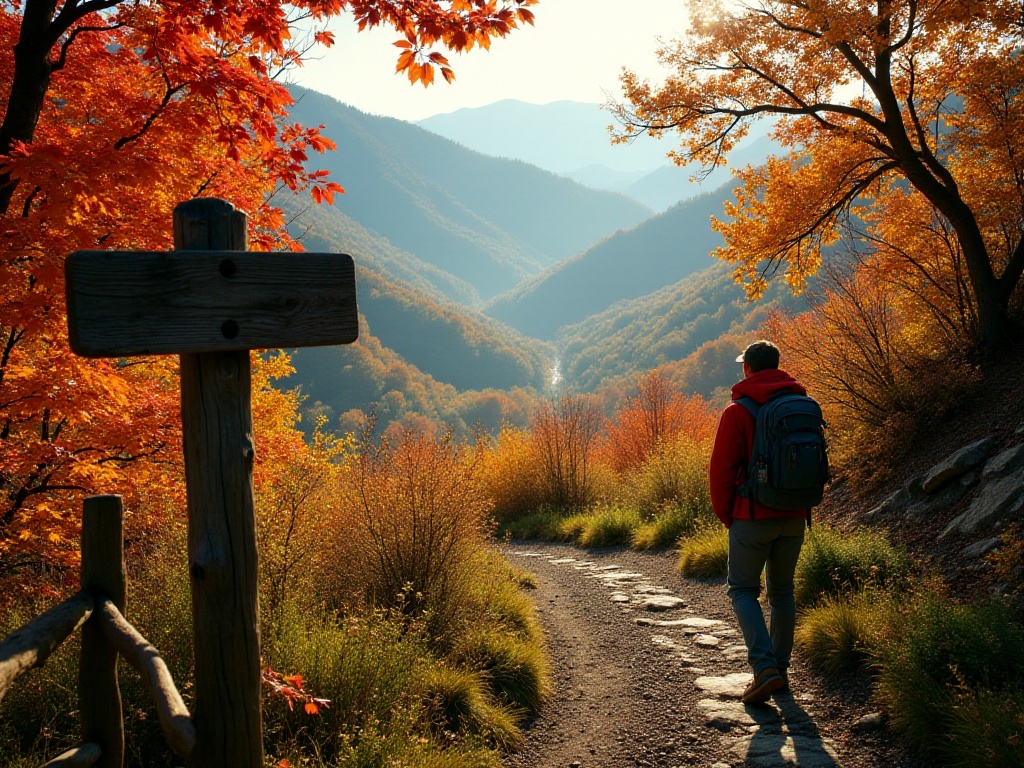
Safety Notes
Safety issues are really important. On the PCT, you can encounter all kinds of unexpected situations at any time.
Wildlife is a major concern. I encountered a black bear, which truly terrified me at that moment. Fortunately, I remembered from training to slowly back away and not turn and run. After the bear left, I realized my legs were shaking.
Weather is another unpredictable factor. Once in the Sierra Nevada, I encountered a snowstorm with visibility less than five meters. I set up my tent right there and waited a full day before continuing. So it's crucial to always monitor weather forecasts.
Terrain hazards can't be ignored either. Some areas have many loose rocks where you could easily slip. I saw a hiker who had to quit mid-trail after spraining their ankle.
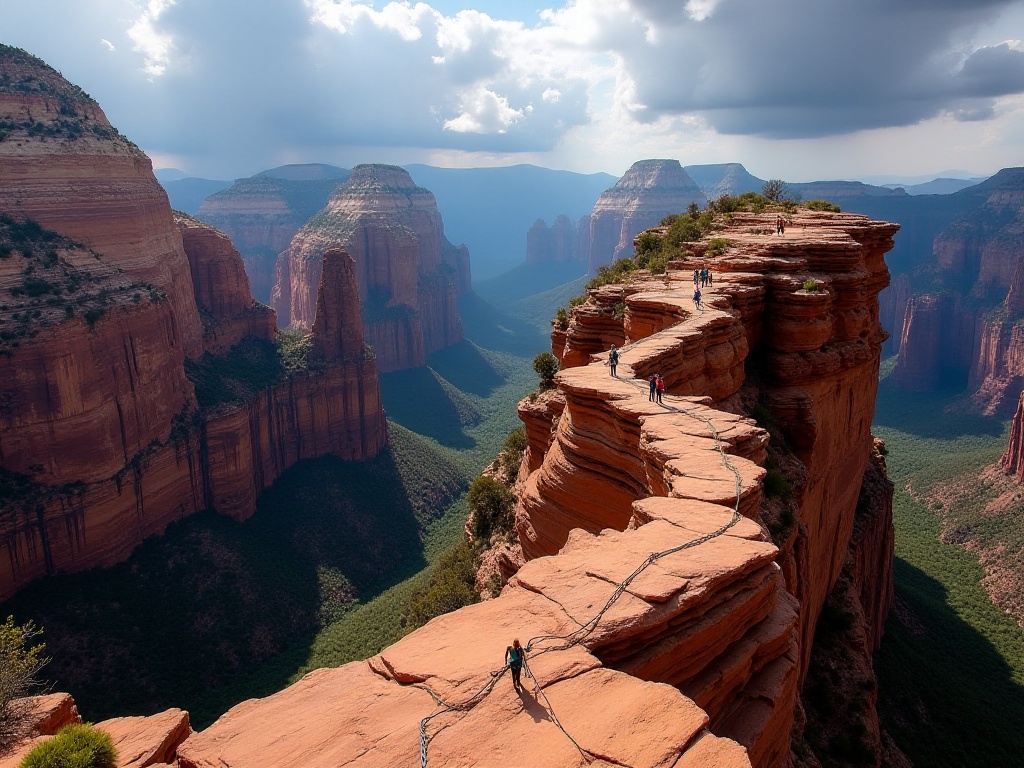
Reflections
Honestly, completing the PCT changed me as a person. It wasn't just a physical challenge, but a journey of spiritual purification.
On the trail, you meet all kinds of interesting people. I met a German couple who choose a long-distance trail to hike every year, having done so for ten years. There was also a Japanese man who quit his job specifically for this hike. Their stories were truly moving.
You'll experience many unforgettable moments. Like the first time setting up a tent in the wild, fumbling around for ages; like listening to howling winds outside your tent at night; like being woken by squirrels jumping in tree branches; like trudging through heavy rain and suddenly seeing a rainbow span the sky.
What touched me most was discovering so much kindness on this trail. Sometimes when running low on water, other hikers would share theirs without hesitation. Sometimes when tired, someone would offer an energy bar. These small acts of warmth made me feel the world is truly beautiful.
Trip Planning
If you want to challenge the PCT, plan to set aside 5-6 months. I started from the southern terminus in mid-April, when the desert wasn't too hot yet - it was a good choice.
Honestly, not many people complete the entire trail, probably only about 40%. But remember, hiking isn't a competition. I saw many people choose to quit halfway, but they still gained unforgettable experiences.
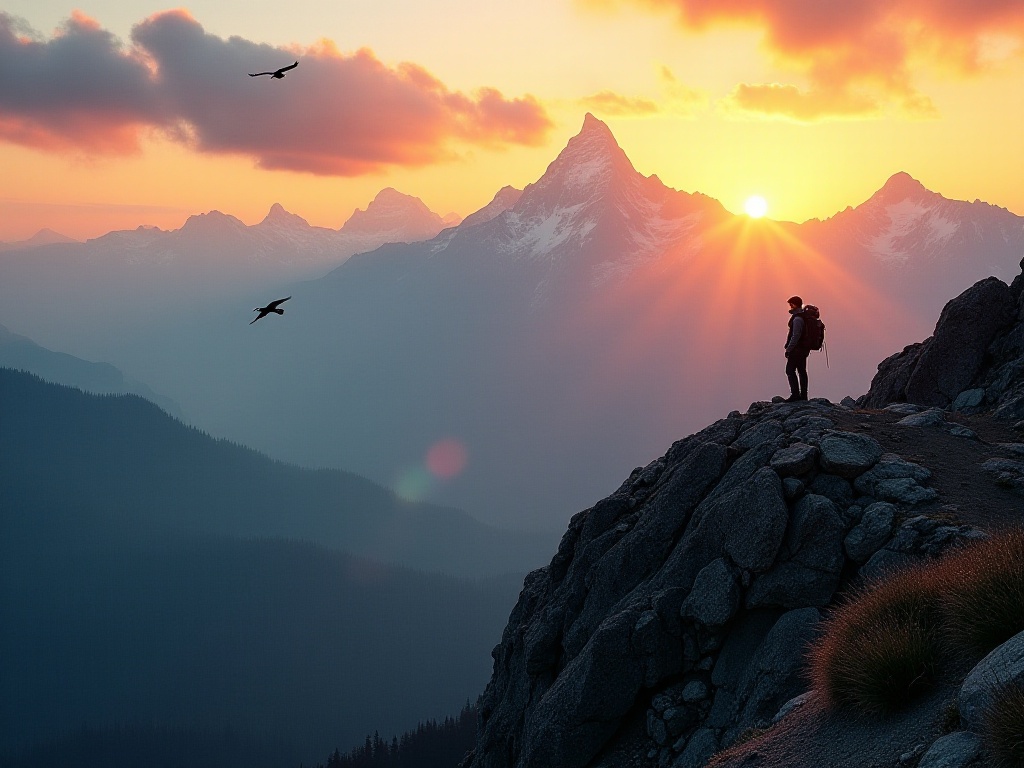
Lessons Learned
This hike taught me so much. First, lightweight is really important. My pack initially weighed 25kg, and I couldn't go far without exhaustion. After gradually streamlining, I got it down to around 15kg, which made everything much easier.
The adaptation period is also crucial. For the first two weeks, I only walked 15-20 kilometers per day, allowing my body to gradually adapt. Some people try to walk over 30 kilometers right away, resulting in injury within days.
Most important is attitude. You'll definitely encounter various difficulties while hiking, but the key is maintaining a positive outlook. I remember once it rained for three straight days, everything was soaked, so I told myself jokes, thinking the rain would eventually stop. Sure enough, the fourth day brought clear skies and the most beautiful rainbow.
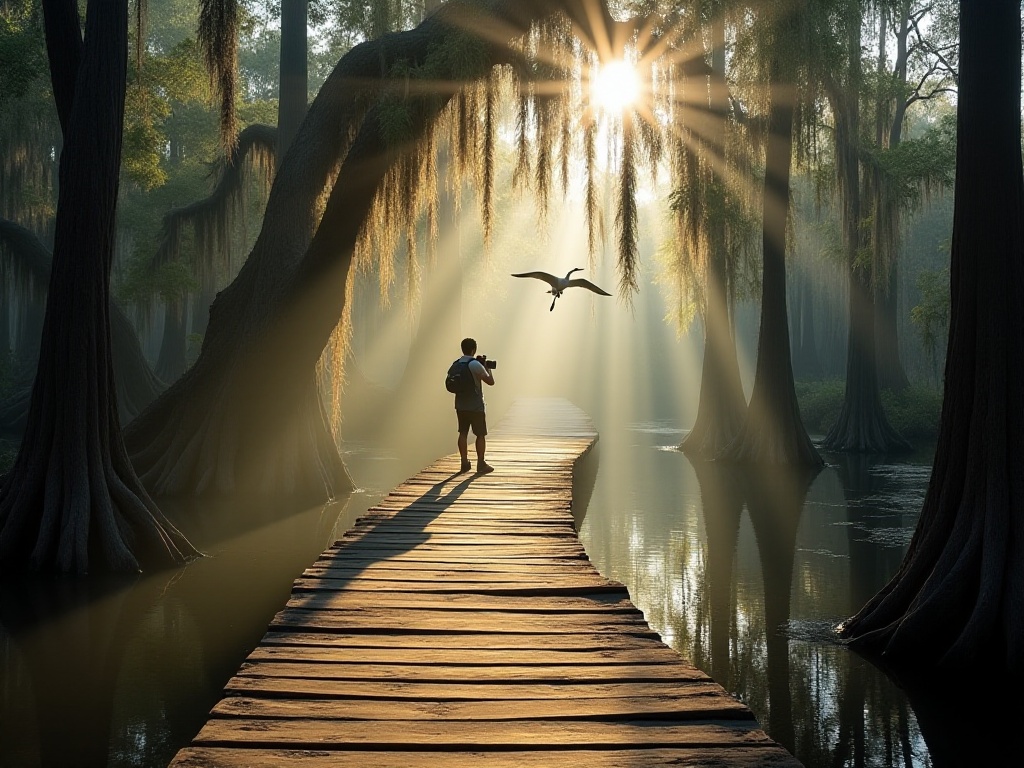
Conclusion
Every time I recall my experiences on the PCT, I'm deeply moved. If you're interested in long-distance hiking, try starting with weekend hikes. Who knows, maybe this time next year, we'll meet at a PCT campsite.
I still often dream about moments from the PCT - the beautiful scenery, the stories, the touching moments, all deeply imprinted in my memory. I sincerely hope everyone interested in hiking gets the chance to experience such a journey. Trust me, it will definitely be one of the most unforgettable experiences of your life.



